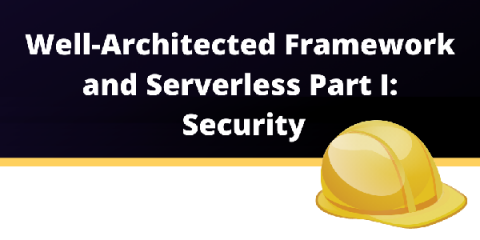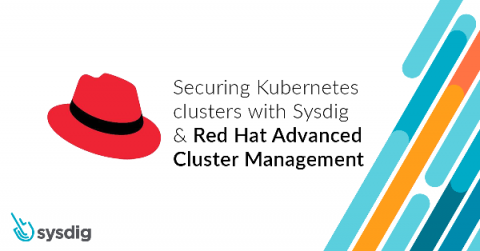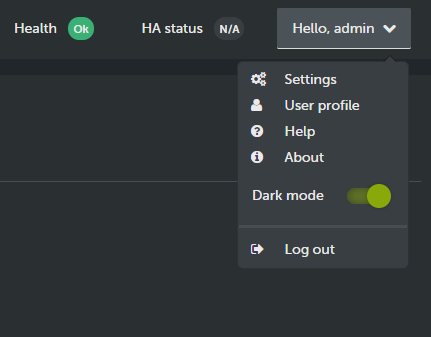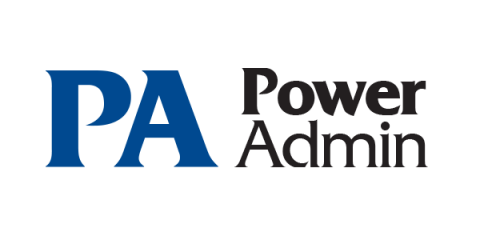AWS Well Architected Framework in Serverless Part I: Security
Welcome to part one of our five-part “AWS Well-Architected Framework in Serverless” series. In this article, we’ll give you a short introduction to the AWS Well-Architected Framework and dive deeper into the Security pillar to explain it and some actionable ideas related to it. To learn more about the AWS Well-Architected Framework (WAF) through the serverless lens and how to build Well-Architected architectures, make sure to attend our upcoming webinar on Friday, 27 November.











